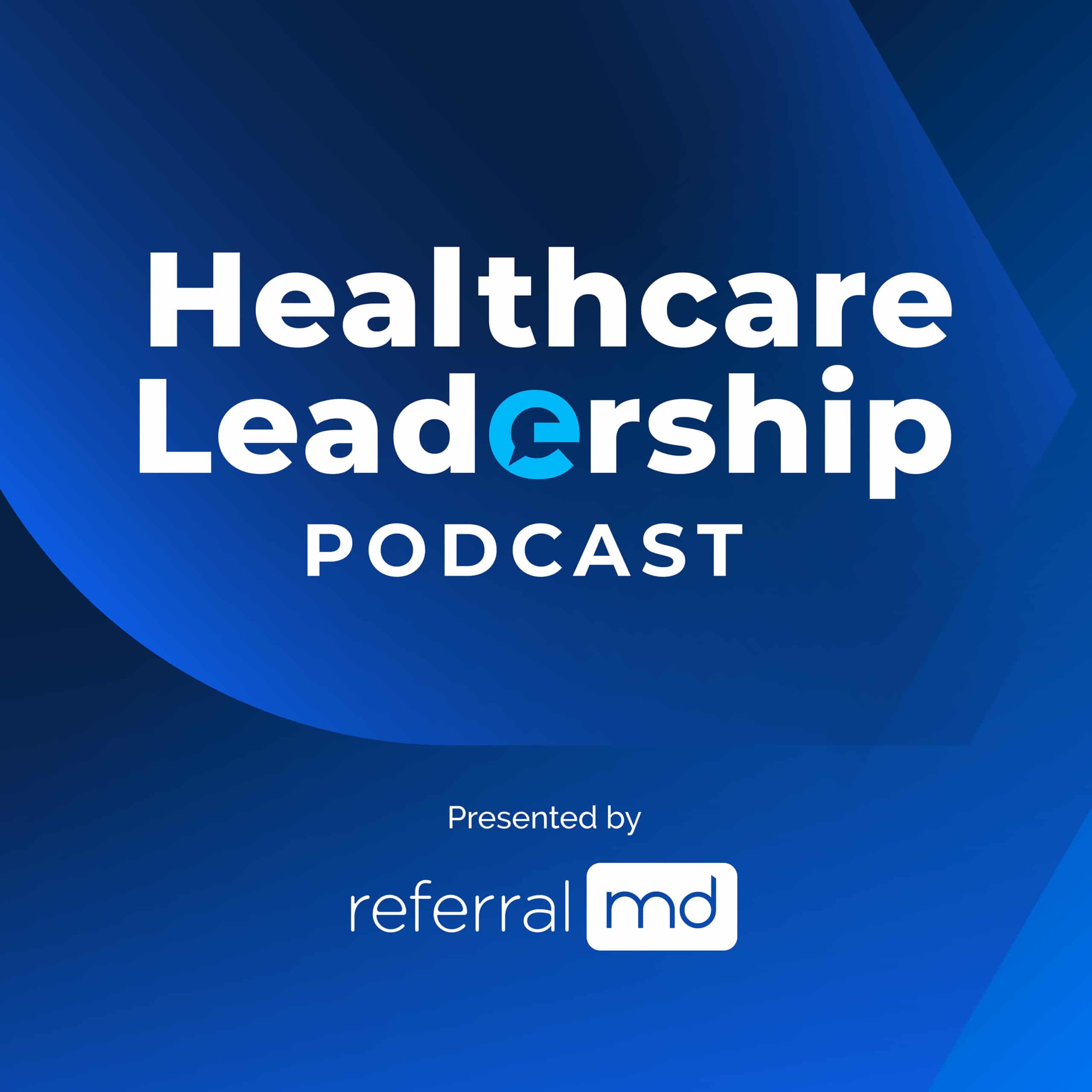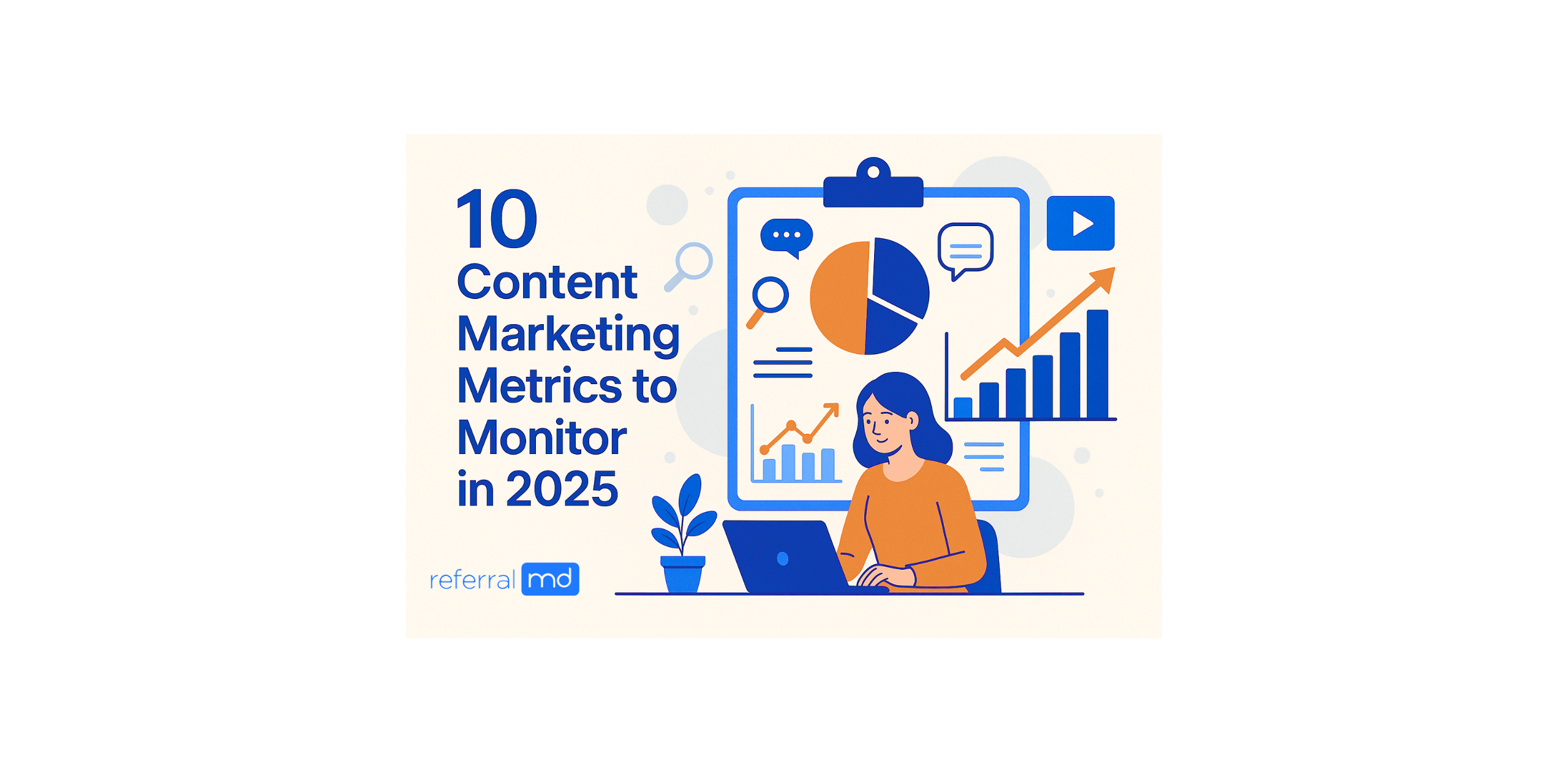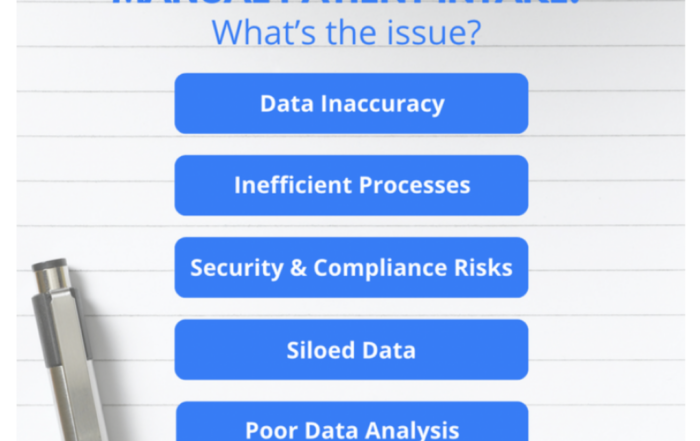 How to successfully optimize your EMR to benefit your CDI Program by getting a clear handle on those EMR templates, along with whose handling them. TrustHCS’ Dianne Haas shares her insight and experience.
How to successfully optimize your EMR to benefit your CDI Program by getting a clear handle on those EMR templates, along with whose handling them. TrustHCS’ Dianne Haas shares her insight and experience.
Sometimes, having the room to improve also creates a greater margin for error. When it comes to optimizing EMR use to benefit your clinical documentation improvement (CDI) program, perhaps no truer words have ever been spoken. So, how do you ensure your existing EMR is working effectively to benefit you and your CDI program? We turned to Trust HCS’ Dianne Haas for the answer.
“That is a good question and a challenging one,” said the leader of the Consulting Services Division of TrustHCS, an ICD-10, CDI, and revenue cycle company for healthcare. “Here’s the good news about most big EMRs: they allow a lot of customization of their templates. Here’s the bad news: they allow a lot of customization of their templates.”
Therein lies the rather technical quandary of having the room to improve, and perhaps, too much room for customization, as Haas pointed out. It’s a problem that’s only going to get harder to solve when facing the impending transition to ICD-10 and its more stringent specifications for documentation.
As an experienced healthcare consultant who has held a number of executive level positions (in areas including clinical research and administration), Haas is all too familiar with this problem. But with her extensive experience in quality improvement, benchmarking, productivity analysis, CDI management, and CIS deployment, she’s figured out a few solutions, too. Her number one resolution: get a clear handle on those EMR templates, along with whose handling them.
“As Americans, we’re egalitarians, right?” said Haas. “Health organizations tend to operate with that principle as well. The result becomes templates that are amuck. It could be a resident, a staff nurse, or somebody who is irritated at the moment inputting the data. It could be anybody. So, what you end up with are ‘one off’ templates with no established criterion or designated purpose.”
Loose data like the kind Haas depicted can’t be effectively monitored or measured to tie into a CDI program. Thus, it’s imperative that EMR templates and the data captured in them are defined with a clear end goal, such as improving quality or tracking the improvement of quality itself. Once such criterion has been defined, it’s equally important to establish who has the authority to input data into those templates.
“Are your adjustments criterion driven, and do you know who has the right to make those adjustments?” said Haas. “If the answer to either of those questions is no, then it’s time to put the brakes on and take a giant step back.”
Taking that step back can help you take a look at the bigger picture and use that opportunity to dial down on what your data is really doing. Here’s a quick checklist: These are the questions that Haas believes leads to optimal EHR implementation. “Good health administration is about basic blocking and tackling,” said Haas. “You have to figure out what’s broken and what you need to do to fix it, and then, create a plan and charge ahead. Simply put, get it done, get it measured, and then, get going.” Once you’ve found what to fix, it’s time to get everyone on board and put those newly developed data entry practices into place. Creating that kind of framework may not be exactly what the doctor ordered, but will certainly help appeal to a physician’s frame of mind. Haas explained: “Doctor’s love structure. They really do. They are taught in systematic, structured way. Day in and day out, they are practicing differential diagnosis. So, instilling this kind of structure around EMR use should not be uncomfortable for them.” If structure alone doesn’t drive a hard enough bargain to create buy-in, there are other elements that will, according to Haas. “Sometimes physicians feel like we’re babysitting them. We don’t want to make them mad and create nonsense; I am an old nurse and don’t tolerate nonsense myself,” she said. “However, if we can make physicians’ jobs easier by helping them clearly and specifically document, what they have done, then in the end they know they are doing what’s safest and best for their patients.” Creating physician engagement is a task easier said than done, but assembling the right team to ensure accountability helps. Haas recommended gathering intel from a select team of physicians and multi-disciplinary group, ideally comprised of IT, EHR and CDI specialists, and coders. “For six months, if you and your team focus on nothing but analysis of your templates, juxtaposed against your DRGs and your quality scores, you can map your data accordingly. Once you fix that problem, you can write the medical by-laws in such a way that those physicians are held accountable to document appropriately, or they can face the consequences.” There are all kinds of consequences organizations can create from suspending privileges to creating economic penalties, but for the most part, that shouldn’t be necessary to inspire cooperation. “It’s hard to argue with what’s in everyone’s best interest. Once you sharpened your tools, and show others how to use them—they’ll do it,” Haas concluded.Get it Done, Get it Measured, Get Going











